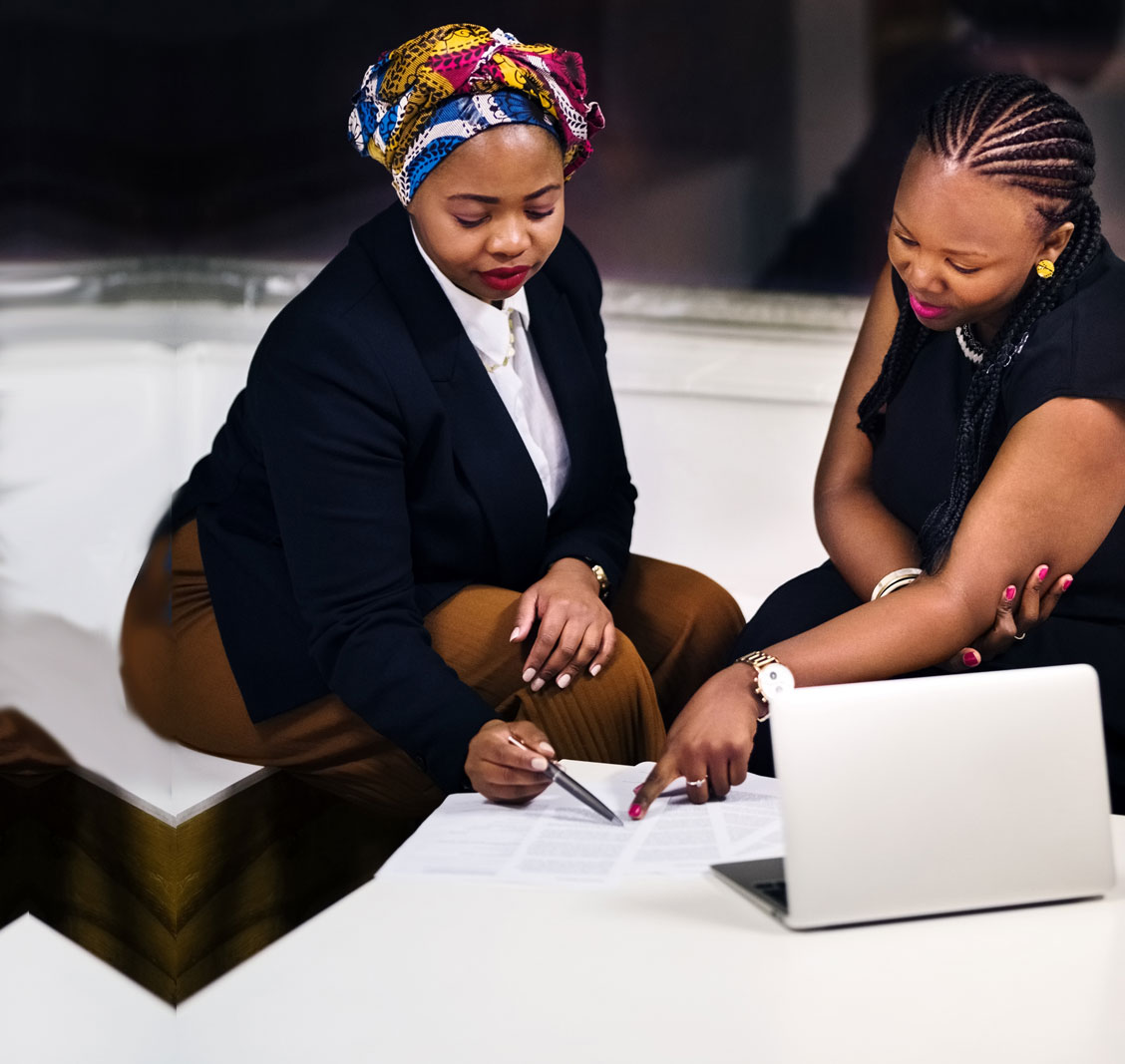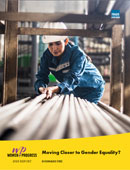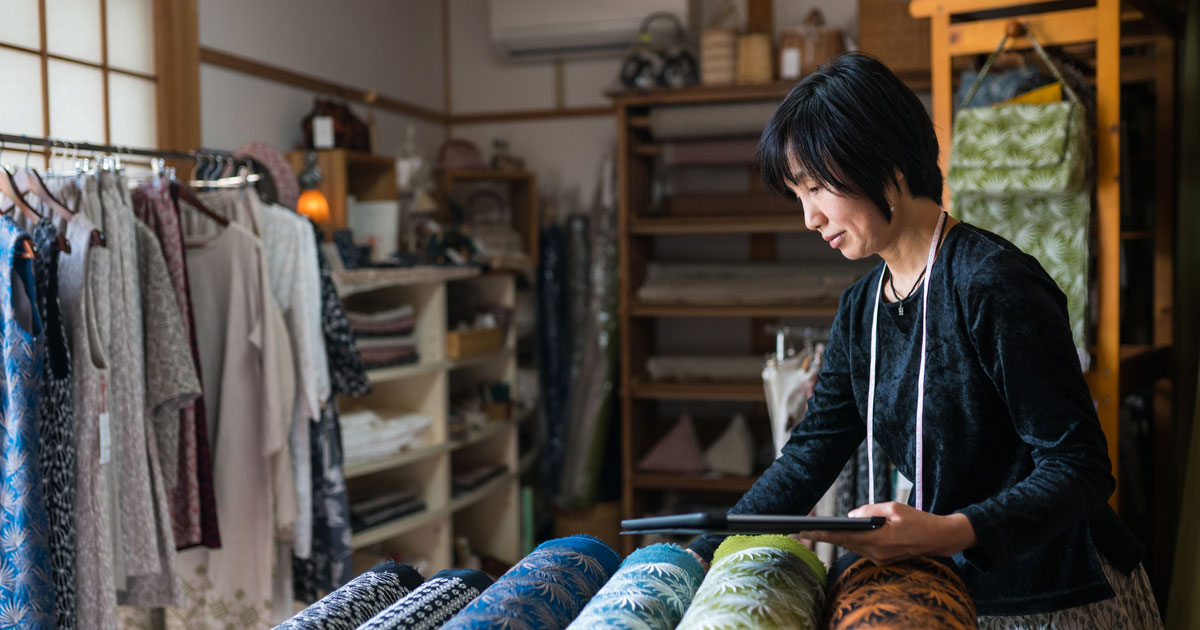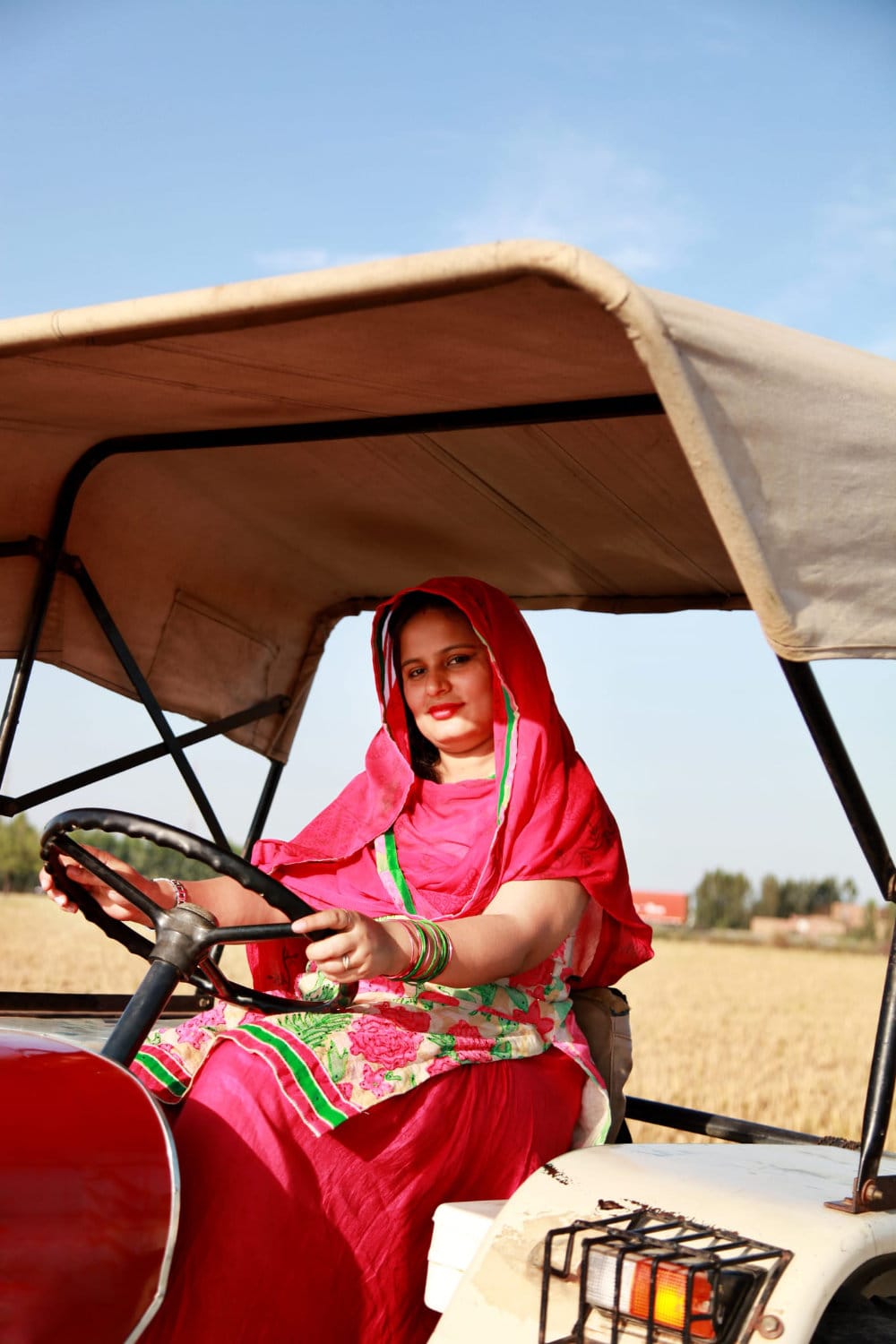Economic Freedom, Markets, and Women's Well-Being
Economic freedom, the ability of individuals to make their own economic decisions, has been widely shown to promote economic and social progress—a more robust economy, higher levels of income, increased trust and honesty in government, protection of civil liberties, reduction in poverty, and improvements in health and educational outcomes. Unfortunately, in many countries, economic freedom and the institutions that protect it are not equally accessible to both women and men.
This 2020 Women and Progress report explains the construction of the Gender Disparity Index, which calculates the effect of restrictions on women who wish to participate in the market process. The Gender Disparity Index is used to adjust the index published in the Fraser Institute’s Economic Freedom of the World to produce a more inclusive measure of economic freedom in the world.
Do women flourish more in economically free societies? The report compares the gender-adjusted, measure of economic freedom to a broad sample of economic indicators of women’s well-being like health outcomes, labor market outcomes, and educational outcomes. Countries are sorted into quartiles according to their gender-adjusted economic freedom scores and the average outcomes are compared across quartiles, most free to least free. As the report shows, countries with greater economic freedom tend to have more desirable scores on the measures of well-being.
Since the first publication of the Women and Progress report in 2018, there have been both advances and setbacks for women’s economic rights across the globe. There are 83 countries that have moved towards gender parity under the law by granting women greater access to economic institutions. The greatest overall improvement was the removal of gender-specific labor regulations found in many countries. There have also been setbacks: 54 countries show decreases in their overall GDI scores. These countries have adopted increased restrictions on the types of occupations that women are permitted pursue or placed new restrictions on women wanting to obtain a national ID card or a passport, or to open a bank account.

Economic and Labour market outcomes
Percentage of Women in Workforce, 2017
Women are more likely to participate in the formal labour market in countries that have high levels of economic freedom. In fact, women are 25% more likely to participate in the labour market in nations with high levels of economic freedom as in nations with low levels.
Percentage of Women Employed in Vulnerable Occupations, 2017
Individuals who are self-employed or contributing family workers are considered to be employed in a vulnerable occupation. Such vulnerable workers are less likely to have formal labour contracts and more likely to work in undesirable conditions. Women in nations with low levels of economic freedom are more than three times as likely to work in vulnerable occupations as those in nations with high levels.
Wage and Salaried Workers as a Percentage of Female Employment, 2017
The share of women with wage or salary contracts is more than twice as high in nations with high levels of economic freedom than it is in other nations. Women living and working in countries that have high levels of economic freedom are more likely to have a stable occupation with a predictable stream of income.
Educational Outcomes
Primary School Completion for Females, 2017
Females living in the most economically free countries are also far more likely to complete their primary school education. 96.7% of females persist to the last grade of primary school in the freest countries, compared to 80.1% of females in the least free countries.
Financial Independence Outcome
Percentage of Women with an Account at a Financial Institution, 2017
Women who live in countries with high levels of economic freedom are more likely to have a bank account, typically a key element of financial independence, than women living in places where economic freedom is low. Remarkably, only a third of women living in nations with low economic freedom hold a bank account.

Women's Economic Rights-Moving Closer to Gender Equality? finds that 13 countries improved their Gender Disparity Index score by relaxing legal restrictions on women’s economic rights from 2018 to 2020.
Download PDF
Women's Economic Rights—What's Changed and Why Does It Matter? highlights how women benefit when they enjoy the same economic rights as men, and tracks the changes from 2016 to 2018.
Download PDF
Gender Disparity under the Law and Women’s Well-Being examines the extent to which men and women enjoy equal economic rights around the world.
Download PDF
Impact of Economic Freedom and Women’s Well-Being finds that higher levels of economic freedom dramatically improves well-being for women around the world.
Download PDF





